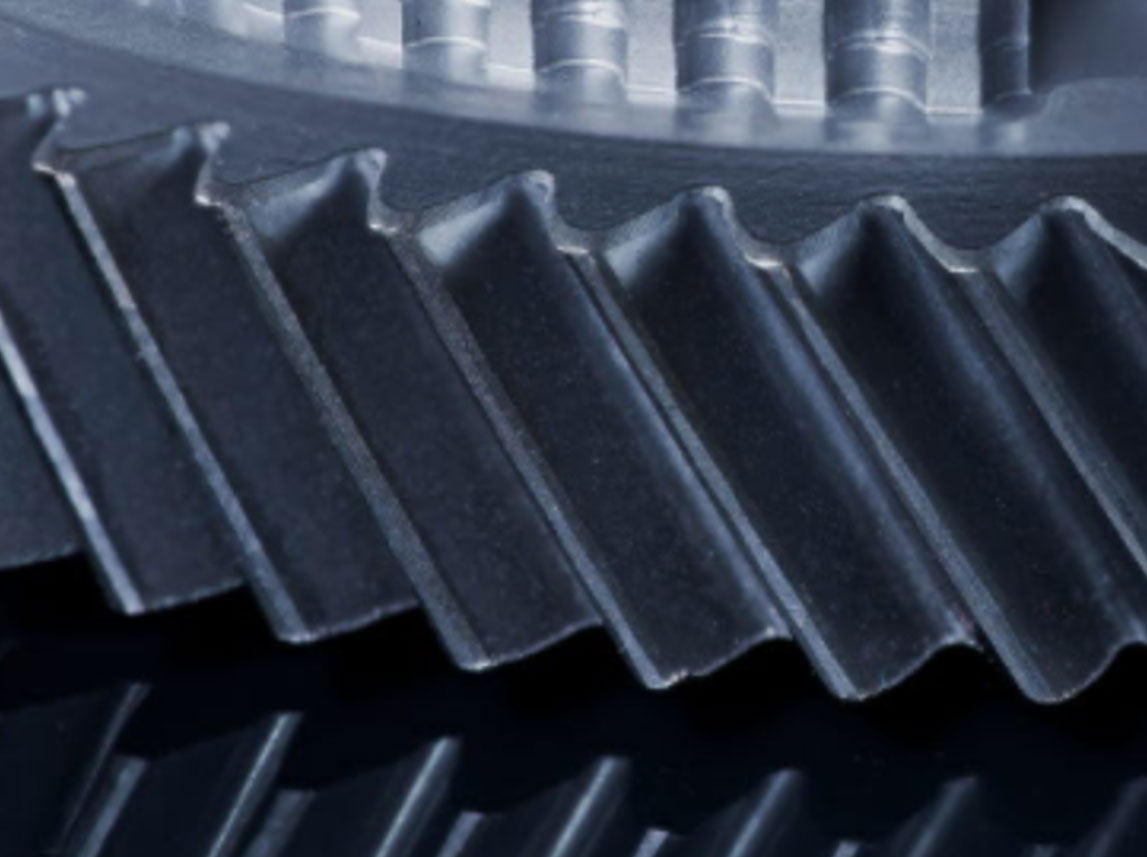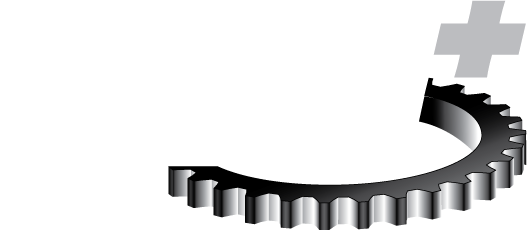
12 Mar Evaluation of Wear in an Automotive Transmission Using Powder Metallurgy (PM) Gears
KBE+ partnered with Höganäs to design and develop an automotive manual transmission using Powdered Metal (PM) gears.
In 2008, Höganäs together with KBE+, Inc. redesigned the transmission for the smart fortwo car. The ambition was to create a Powder Metallurgy (PM) friendly, reduced weight transmission that could be built into the original transmission housing whilst maintaining reliability. The reverse engineering analysis showed that this could be done without sacrificing service life, and with an accumulated weight reduction on the gears of 1 kg. In 2010, a prototype transmission was built and assembled into a Smart ForTwo, and driven to the PM World Congress in Florence. Since the congress, the smart car has been used as an everyday driver for eight years and accumulated 200,000 (km).
The gears were visually inspected after 200,000 (km) of real-world driving. The wear, as well as any other damage to gears and synchronizers was investigated. Topography measurements before and after 200,000 (km) was reviewed for quantification of wear. From the design development, the stress conditions were predicted, and from data collected in the car, information on cycles and load was validated against the assumed duty cycle used to develop the gear microgeometry. The validation of the assumed duty cycle assisted and supported a deeper understanding the load history of the gears.
The assessment of noise attenuation and reduced NVH qualities was also validated. This added to the design tools available in gear development as a function of noise reduction, a key attribute in the development of EV transaxles.

Sorry, the comment form is closed at this time.